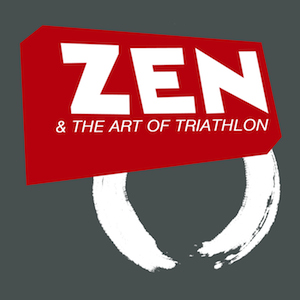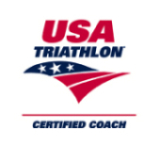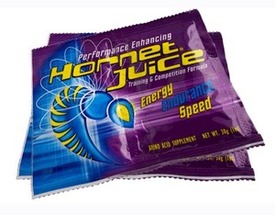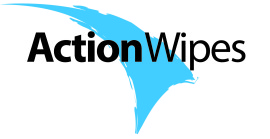All About Honey for Fuel
 Monday, December 24, 2012 at 10:43AM
Monday, December 24, 2012 at 10:43AM

Honey has been used by humans for food and fuel for well over 8,000 years. Well, Wikipedia says 8,000 years. I suspect it's MUCH longer than that. The stuff is great for both energy and flavoring, so let's talk about how to do it and what to expect.
Honey is mostly sugars, basically a superior fuel for fast-acting energy. If you already know something about sports nutrition, you want a variety of carbohydrates so that all of the "channels" for uptake by your body can be used. This gives your body the ability to absorb more energy for when you need it. And fast-acting means fast-disappearing, too. But if you "drip" it slowly, it works great without spiking your blood sugar or leaving you flat.
It varies by region, but honey is usually a mix of fructose (about 38.5%) and glucose (about 31.0%) Honey's remaining carbohydrates include maltose and sucrose. That's a lot of different "ose's"! All that variety is good news for your belly.
A note before you start eating it - Honey from countries where people practice toxic methods of agriculture (specifically China) can be LOADED with nasty stuff like pesticides and lead. If it's not local, doesn't give a place of origin, or says China, don't buy it.
In practice, put a lot of honey in a fuel flask. Then, add a few tablespoons of hot water and shake it up. This dilutes the honey so it both comes out of the flask easier and is a little more gentle on the stomach. Start exercising, then take a small sip when you feel like you'd like an energy boost. After every sip, wash it down with a mouthful of water. If you don't, the concentration of sugar is too much in your belly and it will make you hurt. That's actually a good practice no matter what you eat.
You'll feel your energy and mood go up and down as you sip it and as it wears off. A sip every 10 minutes or so provides a nice balance and doesn't seem to bee (bee! ha!) too much work. After a while, you get the hang of how much you need at various levels of effort and then it seems to be the most natural process in the world. I don't recommend eating honey by so many calories or tablespoons per hour. You shouldn't do any fuel, food, or drink that way. Instead, learn to use it by feel, and you'll feed your body what it needs as it needs it, improving your training and racing far more than using numbers created by other people under other conditions.
I've also noticed that you use less and less honey each time you train. Only taking what you need gives your body the chance to use stored fat as fuel. Honey eventually becomes more of a security blanket for an energy boost if you go too hard and feel a little flat. Otherwise, just a taste here and there is all you end up eating. I ran two hours this morning on not much more than about four tablespoons myself. I have to admit, I was a little surprised!
Speaking of natural, that's another great side-effect of using honey for fuel. If you buy local and organic, using honey makes you feel really connected with nature and part of something bigger than yourself. It's pretty cool. Enjoy!
















